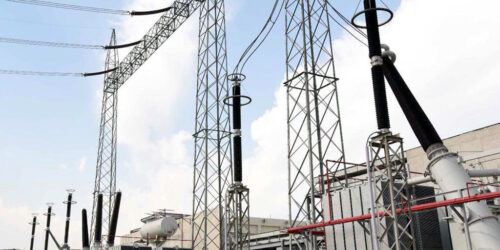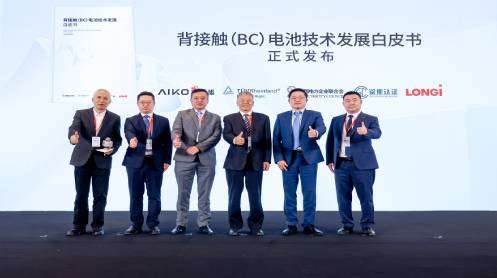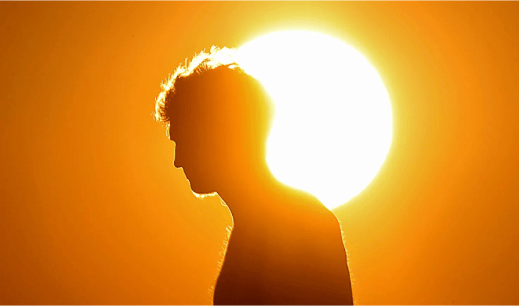Electricity tariffs for the domestic consumers are going dearer by more than what was earlier suggested. The increase approved by Nepra, awaiting government notification is Rs1.68 per unit in the newly announced unprotected consumer category. Recall that lifeline consumer definition has now been expanded from 50 units to 100 units. And the protected category now also included consumers using up to 200 units a month – but with the qualification of maximum monthly usage of under 200 units for six straight months.
In contrast to what was communicated earlier, Nepra’s decision to the government motion clearly included price increase for 01-100- and 101-200-unit slabs in the unprotected categories. One was hoping to see more detailed breakdown of consumption slabs and discos’ updated revenue requirement and PPP, alongside Nepra’s decision. But not to be, which leaves more room for conjectures.
But there is no breakup of the consumption provided between protected and unprotected categories within 1-100 and 101-200 consumption slabs. And the assumption goes that the entire consumption in the 1-200 slabs falls in the protected category, which is incorrect, as it kills the very purpose of the first phase of the subsidy reform. The current methodology will not incorporate the impact of price hike on the first three consumption quintiles, which means 60 percent of the price will be reflected unchanged. This is far from reality, and the resultant increase shown in the PBS numbers will be low single digits.
More clarity is sought on industrial power tariffs, and the subsidy requirement thereof, especially for the zero-rated sectors. There is another price increase slated for March 2022 to complete the IMF requests. It will be good if one of these days some of the advisors in the finance and power ministries would run a comparative analysis of power prices with India, US, Poland and wherever else – as they are so fond of doing for petrol, pulses, and sugar.






